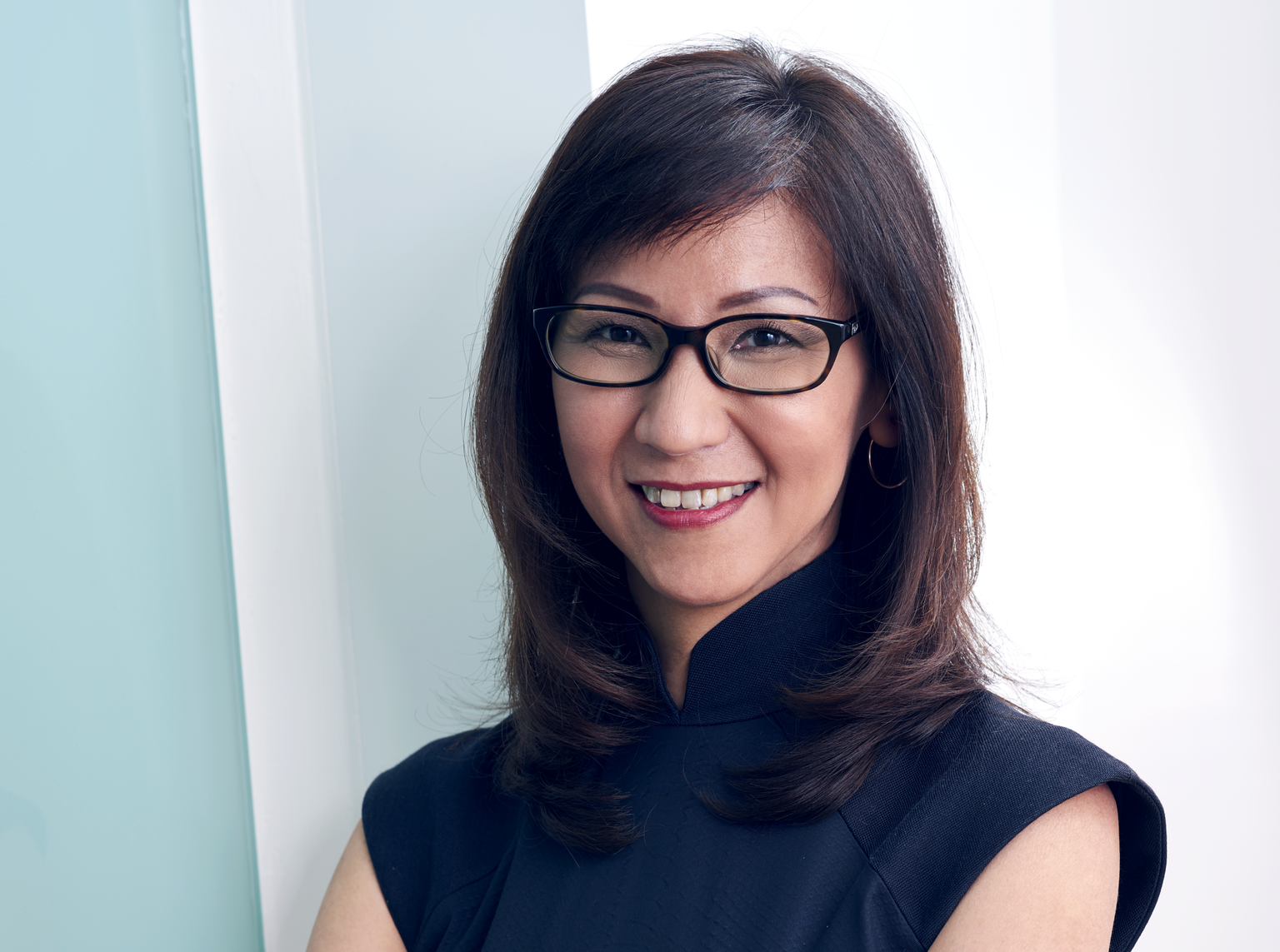#IWD2020: More needs to done to recognise women
- Daniel Teo
- Topics: DE&I, Features, Home Page - Features, IWD

In this exclusive IWD feature, we speak to Roselin Lee, Vice President of Human Resources, Shiseido Asia Pacific, to get her thoughts on the challenges and opportunities for women in the workplace, and her advice for women who aspires to be leaders.
Roselin Lee joined Shiseido in December 2016 as the Vice President of Human Resources, Asia Pacific and Travel Retail. At Shiseido, she drives diversity and talent development, overseeing business partnering, learning & organisation development, employee & workplace engagement, rewards, benefits & mobility.
With over 30 years of experience in human resources management, she first began her career in HR with the goal of ensuring people are always placed in the roles that they can succeed in, and are given the best opportunities to grow and develop their career. Prior to Shiseido, Lee helmed various managerial roles at Estee Lauder Companies and CK Tang.
Tell us a little bit of yourself and your career so far
As the Vice President, HR for Shiseido APAC, I drive diversity and talent development as well as oversee business partnerships, learning & organisational development, employee & workplace engagement, and rewards, benefits & mobility. I have over 30 years of experience in HR management and first began my career with the goal of ensuring people are always placed in the roles that they can succeed in as well as given the best opportunities to grow and develop their careers.
My career in the beauty industry in the past 20 years including Shiseido Group has enabled me to appreciate the benefits of innovative cosmetics and how they can bring happiness to women’s lives and make us more beautiful.
What are the challenges that women face in the workforce today?
Maintaining work-life harmony is one of the key challenges faced by women in the workforce today, resulting in many leaving their jobs when they have children to become stay-at-home mothers. Although the situation has improved as compared to 10 years ago, women are still expected to provide for their families and have a job, making some of them choose more flexible work arrangements such as working part time or on a freelance basis.
Are we seeing enough women in leadership roles today? If not, why so?
While we are seeing an increase in female leaders, it is not enough and actual progress to address this has been slower than desired. According to the latest figures by the Council for Board Diversity, women represent 15.7% of board members in the top 100 primary-listed companies on the Singapore Exchange.
Our desire is to ensure diversity in the workplace by bringing individuals with different backgrounds and nationalities together to share knowledge and expertise as well as learn from each other. It is, after all, important for us to be forward-thinking and continue to evolve. The start of a culture shift also helps in enriching employees’ experiences and providing different ways of how we think as an organisation.
More gender diversity, particularly in corporate settings, can translate to increased productivity, greater innovation, better products, better decision-making, and higher employee retention and satisfaction.
What can be done to groom more women to take up leadership roles?
Research has shown that women are not as generous when rating their own capabilities as compared to their male counterparts. There are many capable women but many do not feel encouraged in their workplace and thus, feel that they should not put themselves forward for that promotion or leadership position.
Since women are less likely to promote their own work and capabilities, we need to do more to recognise their efforts and achievements. This will lead to increased motivation and benefit mental health, in turn increasing confidence in their performance.
What are the challenges women leaders face especially in male dominated industries?
Male-dominated industries and occupations are particularly vulnerable to reinforcing masculine stereotypes that make it even more difficult for women to excel. One of the uncomfortable realities is that female leaders are subjected to a higher percentage of bias, whether intentional or not, especially if they are the only female in the room.
To be inclusive means that while we have a diverse workforce, the environment we have created needs to enable and encourage every one of them to perform to the best of their abilities. I believe in a philosophy called “people over process”, which looks at what people want and what we can give them to enable them to deliver their best in the workplace.
There’s still a gender pay gap in this region. What can be done to bridge the gap?
Companies can help by being open and transparent about employees pay structure. For starters, be open about the salary structure for each level. This serves as a guide for conversations around salaries and benefits.
What is your organization doing to address the issue of gender equality and diversity?
I think diversity and inclusivity starts from the senior leadership – they need to first see that there is a need for diversity and to continue cultivating an inclusive culture. It then comes down to our hiring practices, where we ensure that we hire based on one’s skills.
At Shiseido, we endeavour to build an inclusive corporate culture that not only respects the diversity of our workforce but also, where everyone can reach their full potential. Women hold at least 50% of the leadership roles across all markets within Shiseido Asia Pacific, including the regional team, and we have an equal pay structure which is not differentiated by gender. For example, in January 2019, we promoted our Managing Director for Shiseido Thailand who is a Thai woman, and comes with more than 20 years of industry experience in Thailand.
How do you juggle between your career and family?
Being a working mother is not an easy task. My children came along at a time when I was building my career. I worked very hard to prove to my team and myself that I had it all together – work and childcare – and I saw myself working very long hours and alternate weekends in the office. I had to balance business meetings, deadlines while helping with homework, housework, being a dutiful daughter, wife and mother. To be honest, I decided to leave my job some years back as the long hours, alternate weekends became overwhelming.
After I started a new role, I was very fortunate to have very understanding employers, coupled with support from my parents in taking care of my children, which enabled me to focus on building my career. Throughout the years, I have been blessed with employers who have been (and still are) strong advocates of diversity, women empowerment and leadership; and there were considerations to build an inclusive work environment to embrace diversity.
What advice would you give to women who aspire to be leaders?
I strongly believe that women are equally confident, independent, intelligent and skillful in their capacity to make choices that are best suited for them and like men, aim to do the impossible. They are also as successful as men in holding senior leadership positions in the workplace.
Let me end off with a quote from Eleanor Roosevelt – “No one can make you feel inferior without your consent”.
International Women’s Day Features:
Possibilities endless for women in the workplace – Jeanne Achille, Founder and CEO of The Devon Group
Organisations can do more to support women – Joy Koh, Head of Consulting APAC at Alexander Mann Solutions
We need to challenge stereotypes of women – Vivian Chua, Vice-President, Singapore Managing Director, HP
Women should have equal access to leadership roles – Gladys Chun, Head of Legal, Compliance and Government Affairs, Lazada Group
Mentorship key to grooming women leaders – Giet Koh, Head of Account Management at Deliveroo Singapore






